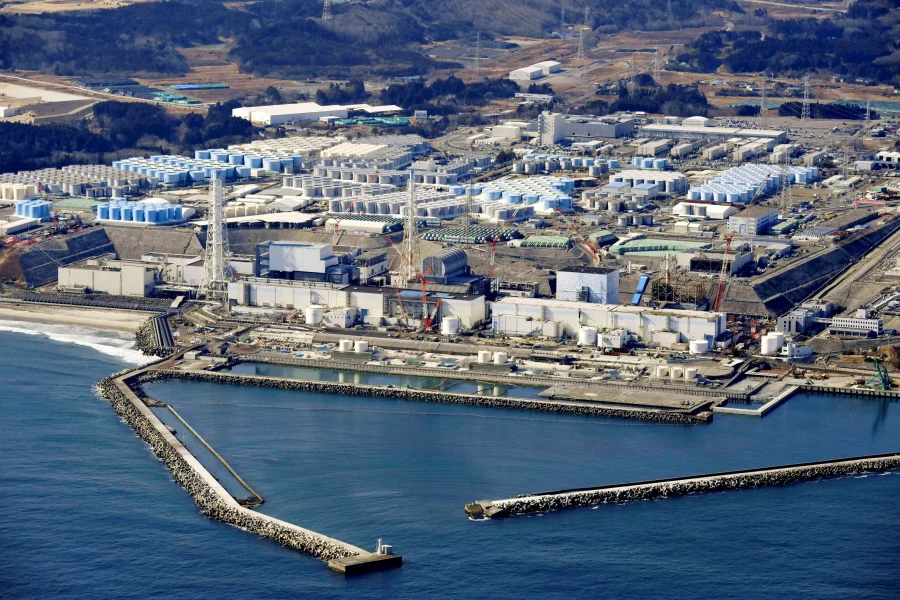Japan began releasing wastewater from the crippled Fukushima nuclear plant into the Pacific Ocean on Thursday despite angry opposition from China and local fishermen. The start of the discharge of around 540 Olympic swimming pools’ worth of water over several decades is a big step in decommissioning the still highly dangerous site 12 years after one of the world’s worst nuclear accidents.
Live video provided by plant operator TEPCO showed two engineers clicking on computer mouses and an official saying – after a countdown – that the “valves near the seawater transport pumps are opening”.
Monitors from the UN atomic watchdog, which has endorsed the plan, were due to be on site for the procedure, while TEPCO workers were scheduled to take water samples later on Thursday. Japanese officials have repeatedly insisted the wastewater release is safe.
But China’s environment ministry on Thursday blasted Japan as “extremely selfish and irresponsible”, saying it would “track and study” the impact of the release on its waters.
Ahead of the operation, about 10 people held a protest near the site and around 100 others gathered outside TEPCO headquarters in Tokyo, AFP journalists said. “It’s like dumping an atomic bomb in the ocean. Japan is the first country that was attacked with an atomic bomb in the world, and the prime minister of the country made this decision,” said Kenichi Sato, 68.
With around 1,000 steel containers holding the water, TEPCO has said it needs to clear space for the removal of highly dangerous radioactive nuclear fuel and rubble from the wrecked reactors.
Three of the reactors at the Fukushima-Daiichi facility in northeastern Japan went into meltdown following a massive earthquake and tsunami that killed around 18,000 people in 2011.
Since then, TEPCO has collected 1.34 million cubic metres of water that was contaminated as it cooled the wrecked reactors, along with groundwater and rain that has seeped in.—INP









